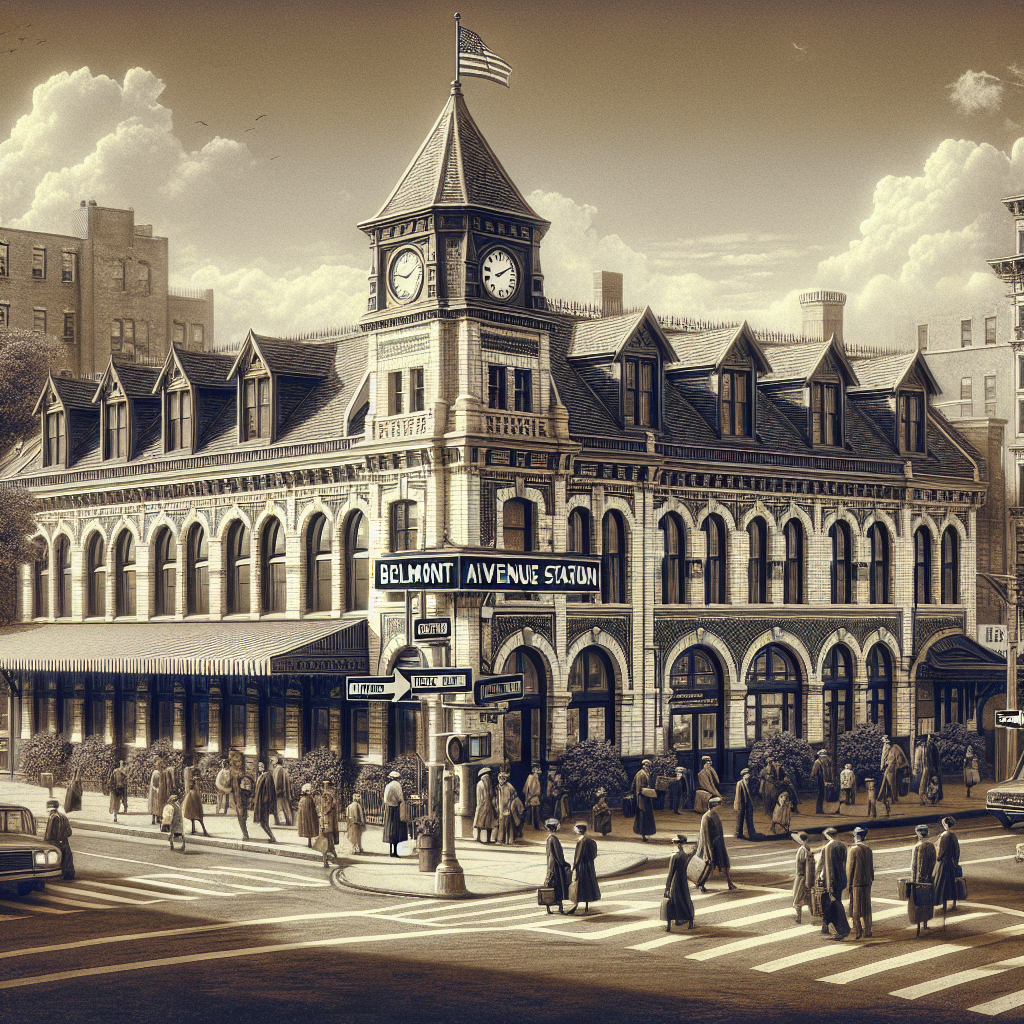Hidden in the bustling urban tapestry of Chicago, the Belmont Avenue station stands as more than just a stop on the 'L' network, but a gateway to the vibrant and diverse community of Lakeview. It's like the Spotify shuffle button of public transportation, never knowing who or what you might encounter but always a soulful ride. Officially part of the Chicago Transit Authority's expansive Red, Brown, and Purple lines, this station draws a unique mix of residents, workers, students, and curious tourists. Its everyday energy is a testament to its roots, established as a simple pass-through to what is now a hub connecting neighborhoods rich with history, telling stories on every corner.
Why this 1900s station garners the attention of city planners, locals, and historians alike isn't just about numbers—though it serves thousands daily—but also its contribution to Chicago's evolution. Belmont Avenue station's opening in 1900 marked a pivotal moment for Lakeview, setting in motion unparalleled accessibility that laid groundwork for communal growth. Yet it's not without its challenges. Commuters often grapple with overcrowding. The daily rush can feel like a mob scene from an action movie, as trains pull into the station packed to the brim.
For many riding through the station, it's not just about getting from point A to point B. It's an experience. It's the familiar thrum of the train's approach, the echoes of footsteps on historic platforms, and diverse fragments of conversation. Lakeview itself offers a warm embrace of cultural mosaic, from the lively LGBTQ+ hub on Halsted Street to the artistic enclaves offering various flavors and beats. It's not just a neighborhood; it's a beacon of inclusion, acceptance, and celebration of differences.
This multicultural vibrancy isn't just seen strolling down its streets—it reflects in the very development of the Belmont Avenue station. Periodic upgrades and expansions of the station are a constant balancing act of preserving historic character and embracing modern amenities. Over the last century, it evolved from a modest stop to a modern facility with elevators, clearer signs, and improved platforms. The newly added public artworks make it feel as if the world is a gallery, with art not confined to the walls but flowing outward onto the streets, energizing the spaces around it.
Still, the gritty realities of urban development aren't lost on the area. The growing pains include grappling with gentrification, a double-edged sword that offers polished streetscapes at the cost of pricing out long-standing residents. Some worry Belmont's upgrades and sleek surroundings could lead to homogenized spaces, erasing beloved local quirks and stories. As a politically liberal writer, I empathize deeply with the need to forge sustainable development that embraces the old with the new, ensuring the artsy graffiti walls aren't painted over in pursuit of profit.
These dynamics spark an ongoing debate on what inclusive, sustainable urban development should look like. The juxtaposition between past and present is reflected in architectural nuances around Belmont Avenue. There’s much pride in retaining buildings that echo former styles, yet adapting to the needs of a new age characterized by tech and eco-conscious designs. The station is central in efforts toward making public transportation more inclusive and accessible, highlighting the ongoing conversation on equity in transit amenities.
Generational change also becomes visible in these moments—older residents often reminisce about a quieter Belmont, while Gen Z and millennials flock here for its promise of connectivity. It's a microcosm for broader social dialogues, articulating the belief that everyone, regardless of background, should be able to carve out their version of success, comfort, or expression
Despite differing opinions on its evolution, Belmont Avenue station is irrefutable proof of Chicago's spirit. It’s where personal journeys unfold alongside the station's own transformation, cultivating a place that blends old soul with new pulse. The station, just like the people it serves, is dynamic, vibrant, and evolving—embodying the heartbeat of Lakeview itself.

